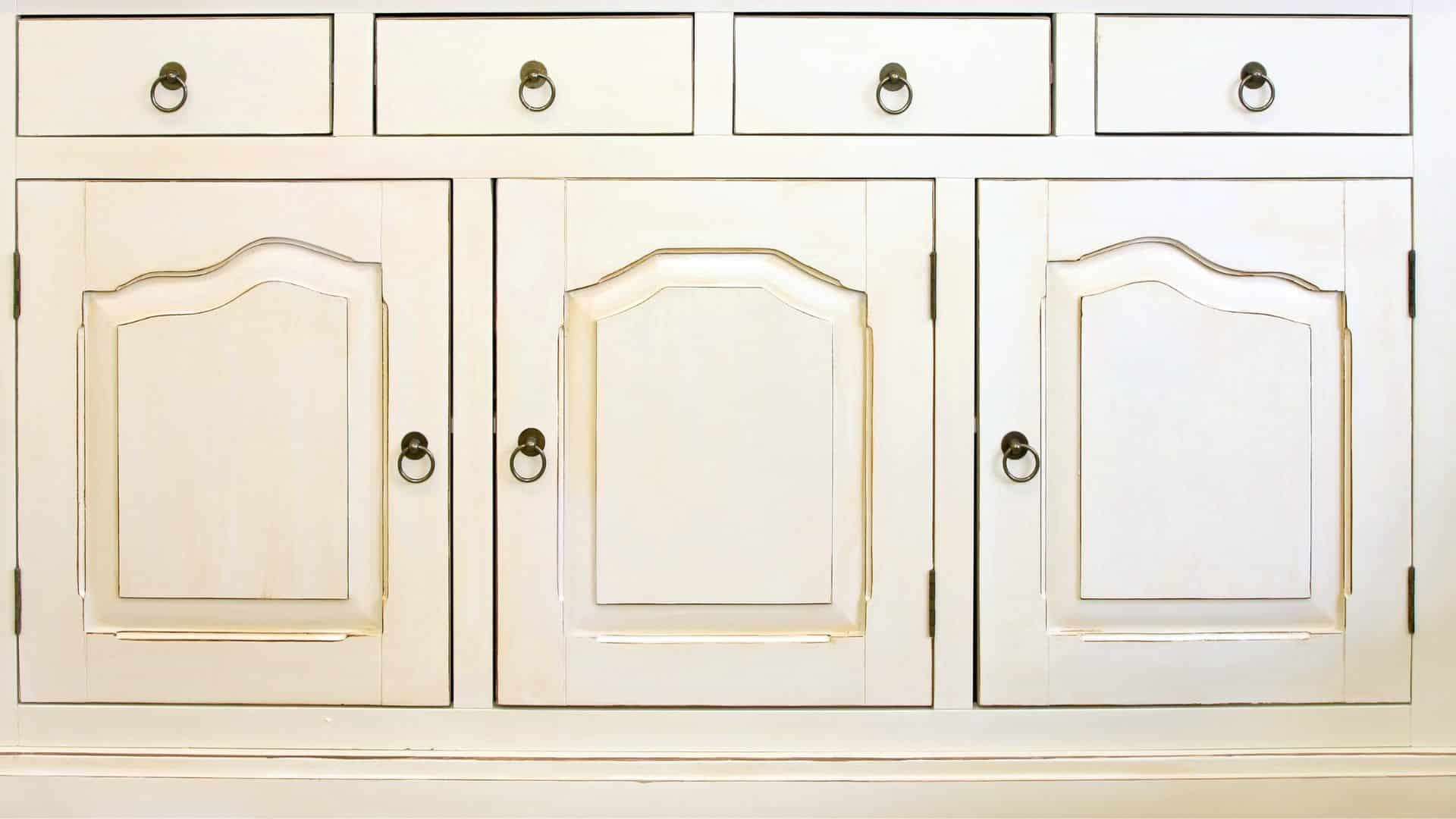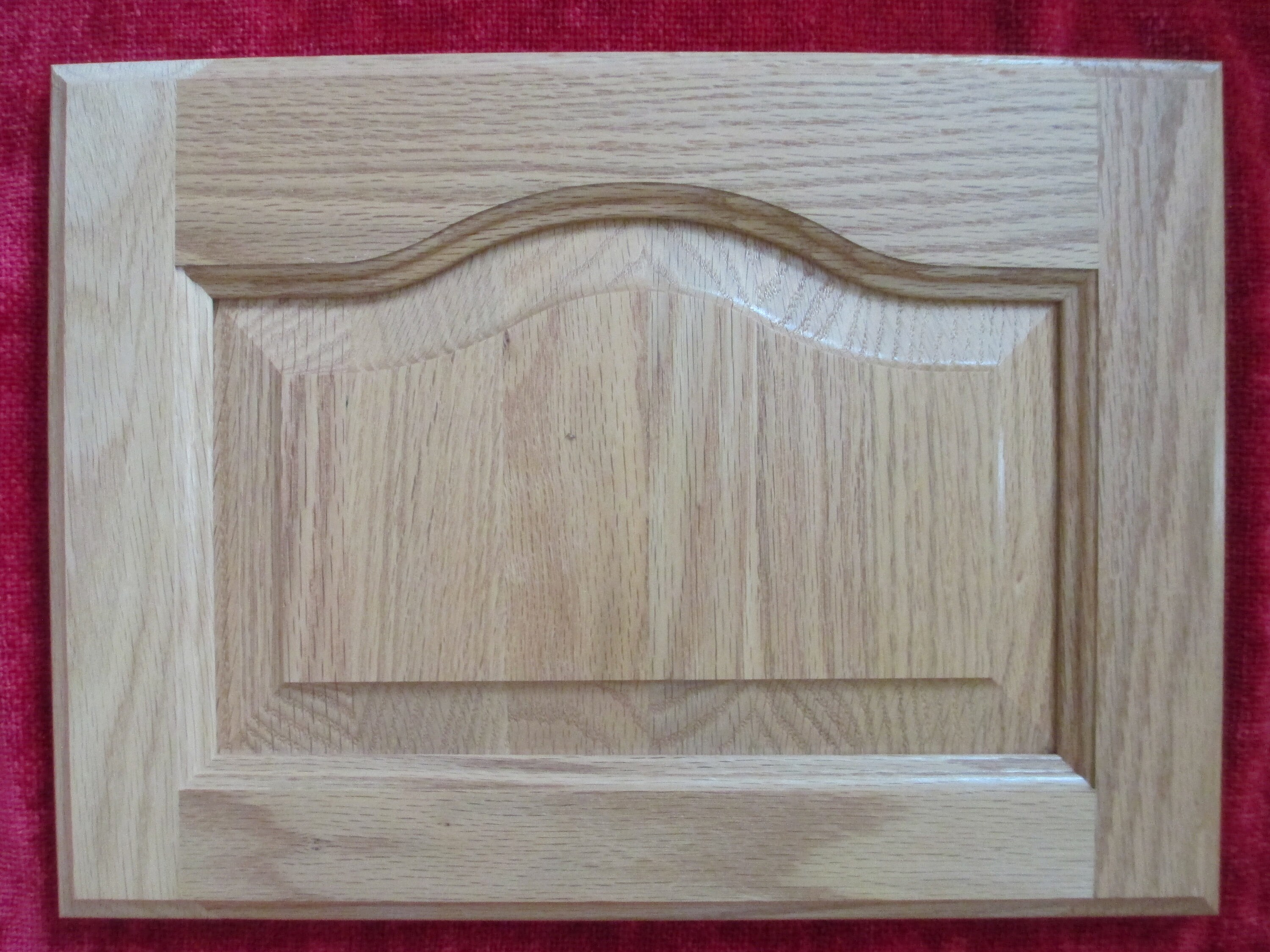The Shifting Trends in Cabinet Door Styles

Euy, so you’re keen to know more about how cabinet door styles have changed, huh? It’s a pretty wild ride, especially if you’re thinking about those cathedral doors – once super popular, now maybe a bit *lebay* for some. Let’s dive into the history and see what’s what.
Evolution of Cabinet Door Styles Over the Past 50 Years
Okay, so picture this: 50 years ago, things were *jauh beda* from today. Think heavy, dark wood, maybe some intricate carvings – very traditional. Cathedral doors, with their arched tops, were *nge-hits* back then, often found in homes aiming for a more formal, sometimes even a bit *gedhe* look. As the decades rolled on, styles changed with the times. The 70s and 80s saw a move towards simpler designs, lighter woods, and more minimalist aesthetics. Cathedral doors still had a place, but they weren’t the *rajanya* anymore. Then came the 90s and the 2000s, with their eclectic mix of styles. People started experimenting more, and you saw a rise in Shaker, flat-panel, and other contemporary designs. Cathedral doors became a niche choice, often associated with more traditional or rustic styles. Nowadays, it’s all about personalization; you can find anything from ultra-modern to super traditional, and cathedral doors are definitely still out there, but they’re definitely not the *mainstream* choice.
Comparison of Cabinet Door Styles
Here’s a quick rundown of some popular styles, comparing them to those cathedral beauties:
| Style | Characteristics | Popularity | Typical Materials |
|---|---|---|---|
| Cathedral | Arched top, often with raised panels, creates a formal and elegant look. | Medium | Wood (oak, cherry, maple), sometimes painted |
| Shaker | Simple, flat-panel design with clean lines, emphasizes functionality and minimalism. | High | Wood (maple, pine), often painted |
| Flat-Panel | Simple, flat surface, very versatile and adaptable to different styles. | High | Wood, MDF, painted |
| Raised-Panel | Features a recessed panel surrounded by raised frames, offering a classic and traditional feel. | Medium | Wood (oak, cherry, mahogany), sometimes painted |
Periods of High and Low Fashionability for Cathedral Doors
Alright, let’s pinpoint some key periods. Cathedral doors were *super* in:
* The 1950s-1960s: Post-war prosperity and a love for traditional architecture made them a popular choice. Think of those classic suburban homes – many featured cathedral doors.
* The 1980s (certain styles): A resurgence of interest in more traditional design elements, particularly in custom-built homes, briefly boosted their popularity.
* The 2010s (niche market): A renewed interest in craftsman-style homes and rustic aesthetics led to a small revival, primarily among homeowners seeking a specific look.
And periods where they weren’t as *nge-hits*:
* The 1970s: The rise of minimalist and modern styles saw a decline in the popularity of more ornate designs like cathedral doors.
* The 1990s: The focus shifted to sleek and contemporary designs, leaving more traditional styles like cathedral doors relatively less sought after.
* The 2020s (mainstream): While still present, clean lines and contemporary designs continue to dominate, leaving cathedral doors as a more specialized choice.
Impact of Current Interior Design Trends
Nowadays, a lot of people are into *open concept* homes and *minimalism*. This trend often clashes with the more formal look of cathedral doors. However, some designers are finding creative ways to incorporate them, maybe by pairing them with modern hardware or using them in a more unexpected way, like in a pantry or a less prominent area of the kitchen. It’s all about finding the right balance. So, while they might not be the *it* thing, cathedral doors still have a place for those who appreciate their classic charm.
Perceived Disadvantages of Cathedral Cabinet Doors: Cathedral Cabinet Doors Out Of Style

Ah, cathedral cabinets. Once the *it* thing, now kinda… *eh*. While they *looked* fancy back in the day, let’s be real, they’ve got some serious downsides in today’s more minimalist, less-is-more kitchens and bathrooms. Think of them as the bell-bottoms of cabinet doors – stylish for a moment, then… *yikes*.
Cathedral cabinet doors out of style – Their ornate detailing and often-heavy construction present several practical challenges in modern homes. They’re not exactly the easiest things to keep clean, and their imposing presence can sometimes overwhelm a smaller space, making it feel cramped and dated instead of stylish and spacious.
Maintenance Challenges of Cathedral Cabinet Doors
Keeping those intricate cathedral doors looking their best requires more effort than simpler styles. The detailed carvings and raised panels collect dust and grime like nobody’s business. Cleaning them thoroughly is a real chore, requiring more time and specialized cleaning tools to avoid damaging the delicate details. A quick wipe-down just won’t cut it, you’ll need a proper detailing session.
- Dust accumulation in crevices is a major issue.
- Cleaning requires more time and specialized tools.
- The raised panels are prone to scratches and damage.
- Regular polishing is necessary to maintain the finish.
- Repairing damaged areas can be expensive and difficult.
Comparison of Maintenance Requirements
Compare this to, say, a sleek shaker-style door – a simple wipe-down is often sufficient. The smooth surface area minimizes dust and grime build-up, making maintenance a breeze. Repairing minor damage is also significantly easier and cheaper. The difference in maintenance time and cost is substantial, and it adds up over the years.
Visual Impact and Dated Appearance
Cathedral doors, with their heavy ornamentation and often dark wood tones, can significantly impact the overall feel of a room. In modern spaces that prioritize clean lines and light, airy aesthetics, these doors can feel overwhelmingly heavy and dated. They can clash with contemporary designs and make a room feel smaller and less inviting than intended. Think of it like wearing a full-on tuxedo to a beach party – it’s just not the right vibe.
Alternative Cabinet Door Styles
So, what are some better alternatives for a modern kitchen or bathroom? Let’s ditch the cathedral doors and embrace some fresh, clean options:
- Shaker style: Simple, clean lines, easy to maintain, and incredibly versatile. They work well in both traditional and contemporary settings, offering a timeless appeal that won’t date quickly. Think of it as the little black dress of cabinet doors – always in style.
- Slab style: Completely flat and minimalist. These doors create a modern, sleek look that’s perfect for contemporary kitchens and bathrooms. They are super easy to clean and offer a sense of spaciousness. Imagine a super-clean, super-modern look – that’s the slab style.
- Modern farmhouse style: A happy medium between traditional and contemporary. These doors often feature simple raised panels or slightly recessed details, offering a touch of visual interest without being overly ornate. They’re easy to clean and provide a warm, inviting feel without feeling dated. Think rustic chic – the best of both worlds.
Reimagining Cathedral Cabinet Doors for Modern Use

Eh, so cathedral cabinet doors? A bit *jadul* (old-fashioned), right? But hey, we’re not throwing the baby out with the bathwater, *tau* (you know)? There’s still some serious potential to be unlocked here, especially if we give these beauties a *makeover* (revamp). We can totally bring their unique charm into modern homes without making it look like you raided your *nenek’s* (grandmother’s) attic.
Modernizing cathedral cabinet doors doesn’t mean completely ditching the iconic arched top. Instead, we can focus on subtle adjustments to create a fresh, contemporary look. Think of it as a *rebranding* (reimagining) rather than a complete overhaul. We can tweak the proportions, play around with materials, and even integrate the arched element into other design features for a more integrated, less overwhelming aesthetic.
Innovative Design Incorporations
Instead of sticking to the full-blown cathedral style, we can cleverly incorporate elements of its design into contemporary kitchens and bathrooms. For instance, we can have a series of smaller arched cabinets interspersed with sleek, minimalist ones. Imagine a kitchen with a row of lower cabinets featuring clean lines and flat fronts, punctuated by a couple of taller cabinets with subtly arched tops. This creates a visual rhythm without overwhelming the space. Another idea is to use the arched detail as a decorative element on a single cabinet, perhaps above a built-in oven or range hood. Think of it as a statement piece rather than the dominant design feature. Or, how about incorporating the arched detail into the backsplash design? This would subtly hint at the cathedral style without being overpowering.
Sketch 1: Imagine a simple, rectangular kitchen cabinet with a single, small arched panel inset near the top. It’s a subtle nod to the cathedral style without being overly prominent.
Sketch 2: Picture a series of three cabinets. The outer two have clean, straight lines, while the center cabinet has a gentle, shallow arch at the top, acting as a focal point.
Sketch 3: Envision a backsplash with a repeating pattern of small, stylized arches, echoing the cathedral door’s design but in a much more delicate way.
Mood Board: Three Interior Design Schemes, Cathedral cabinet doors out of style
Let’s get *visual* (creative)! Here are three different interior design schemes that could work perfectly with updated versions of cathedral cabinet doors:
Mood Board 1: A minimalist modern kitchen with sleek white cabinets, a few featuring subtle arched tops, paired with a light wood countertop and brushed brass hardware. The overall feel is clean, airy, and sophisticated.
Mood Board 2: A rustic farmhouse kitchen with warm, honey-toned wood cabinets, a few with more pronounced arched tops. This design uses a mix of materials, including natural stone countertops and black iron hardware, for a cozy, inviting ambiance.
Mood Board 3: A contemporary bathroom with dark grey cabinets, one or two with arched tops, paired with white marble countertops and sleek chrome fixtures. The overall aesthetic is modern, luxurious, and slightly edgy.
Material Transformations: Altering Perceptions
The materials used drastically affect how we perceive cathedral cabinet doors. Using dark stained walnut or ebony instead of light oak instantly transforms the look, creating a more dramatic and sophisticated feel. A high-gloss finish will give a more modern and sleek look, while a matte finish can make the doors appear more rustic or minimalist. The right materials can totally change the game.
Reframing the Decline of Cathedral Cabinet Doors
Market research indicates a shift in consumer preferences away from cathedral cabinet doors.
